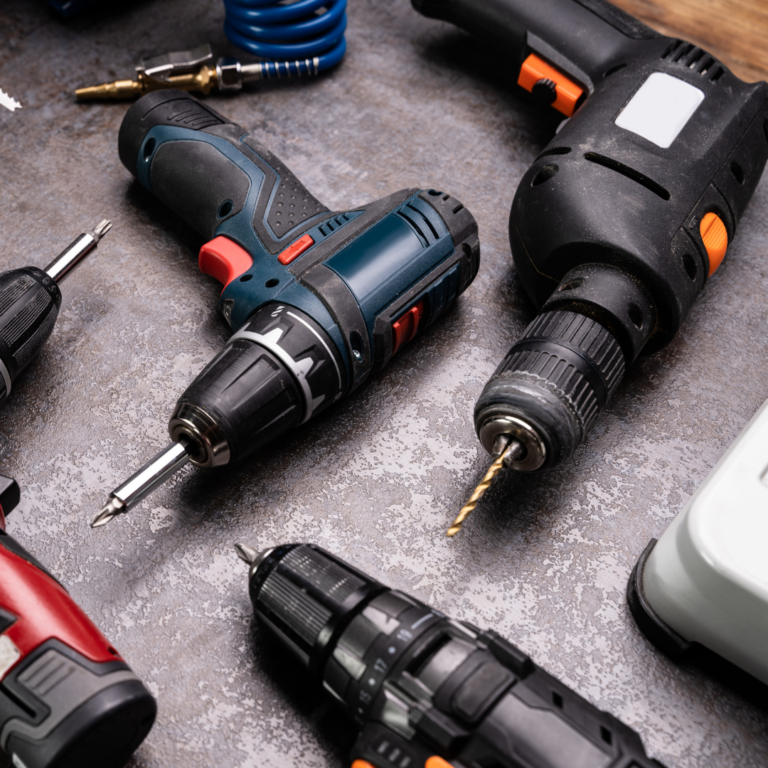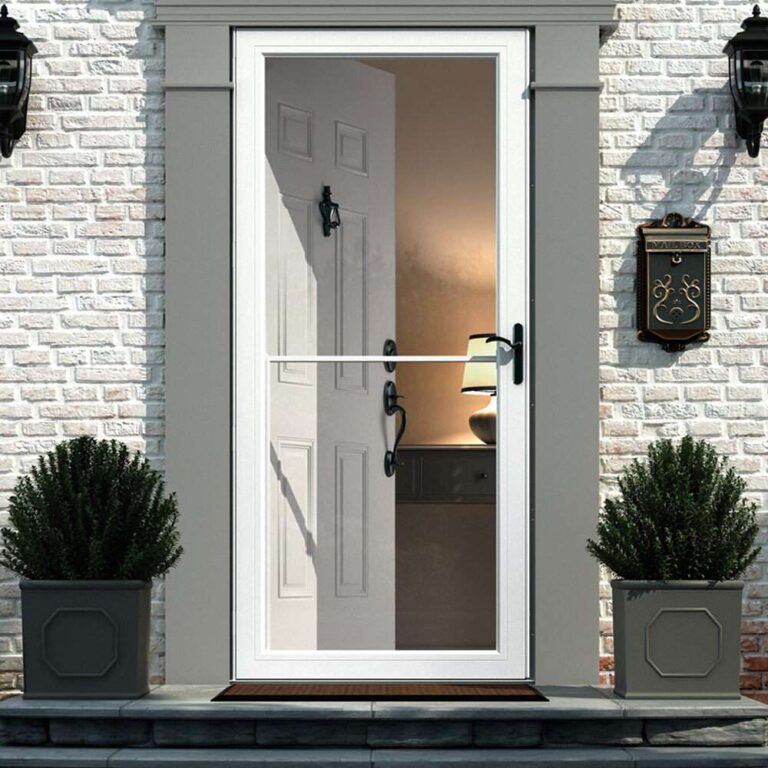Restoring an old house can be a labor of love, a journey through time, and a chance to bring new life to a piece of history. Whether you’re a seasoned renovator or a first-time homeowner, taking on the restoration of an older home can be an exciting but challenging endeavor. To ensure your project goes smoothly and you achieve the desired results, it’s crucial to know what to look for when restoring an old house. In this blog post, we’ll walk you through the key considerations to keep in mind.
- Assess the Structural Integrity. Before you embark on any restoration project, it’s essential to assess the structural integrity of the house. Look for signs of foundation issues, sagging floors, or significant structural damage. Hiring a professional structural engineer or home inspector can help you identify any potential problems and provide recommendations for repairs.
- Preserve the Historical Charm. One of the main reasons for restoring an old house is to preserve its historical charm and character. Research the architectural style and era of your home to understand its unique features. Try to maintain and restore original elements such as moulding, trim, and period-appropriate finishes.
- Plan for Energy Efficiency. Older homes are often less energy-efficient due to outdated insulation and windows. Consider upgrading insulation, installing energy-efficient windows, and exploring renewable energy options like solar panels. Not only will this save you money on utilities, but it will also make your home more environmentally friendly.
- Address Lead and Asbestos Concerns. Older homes may contain lead-based paint and asbestos materials, which can be hazardous to your health if disturbed. Ensure proper testing and remediation if needed, especially if you plan to renovate areas with these materials.
- Research Local Regulations and Permits. Restoration projects are subject to various local regulations and permits. Check with your local authorities to understand zoning laws, historic preservation requirements, and necessary licenses. Failing to comply with these regulations can lead to costly delays and fines.
- Set a Realistic Budget. Restoring an old house can be more expensive than renovating a newer one, primarily due to the need for specialized materials and skilled labor. Set a realistic budget that includes a contingency fund for unexpected expenses. Getting multiple quotes from contractors can help you estimate costs accurately.
- Find Skilled Contractors. Restoration work requires skilled professionals who understand the intricacies of working with older homes. Look for contractors and craftspeople experienced in historical restoration and preservation. Check references and view their previous projects to ensure they are the right fit for your project.
- Consider Modern Comforts. While preserving the historical aspects of your home is necessary, consider integrating modern comforts and conveniences where feasible. This might include updated kitchens, bathrooms, and HVAC systems to make the house more comfortable and functional for contemporary living.
Restoring an old house is a rewarding endeavor that allows you to breathe new life into a piece of history. By assessing the structural integrity, addressing plumbing and electrical systems, preserving historical charm, planning for energy efficiency, and navigating local regulations, you can ensure a successful restoration project. With careful planning and the right team of professionals, you can transform an old house into a beautiful, functional, and historically significant home that you’ll cherish for years to come.



